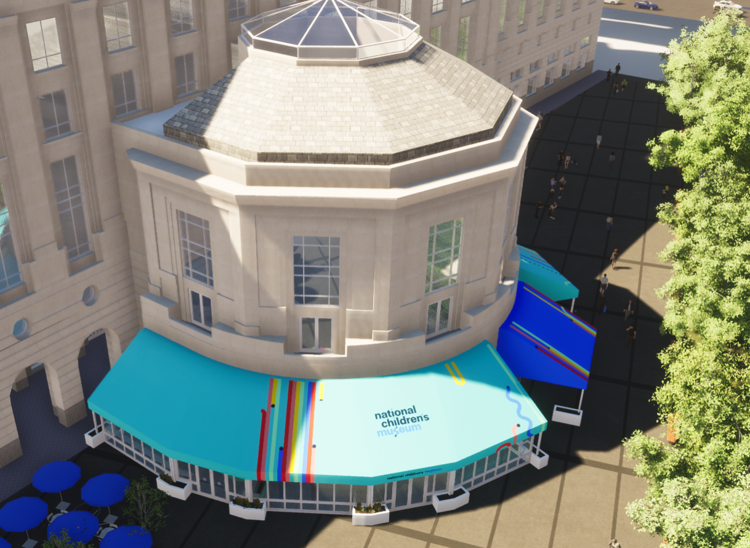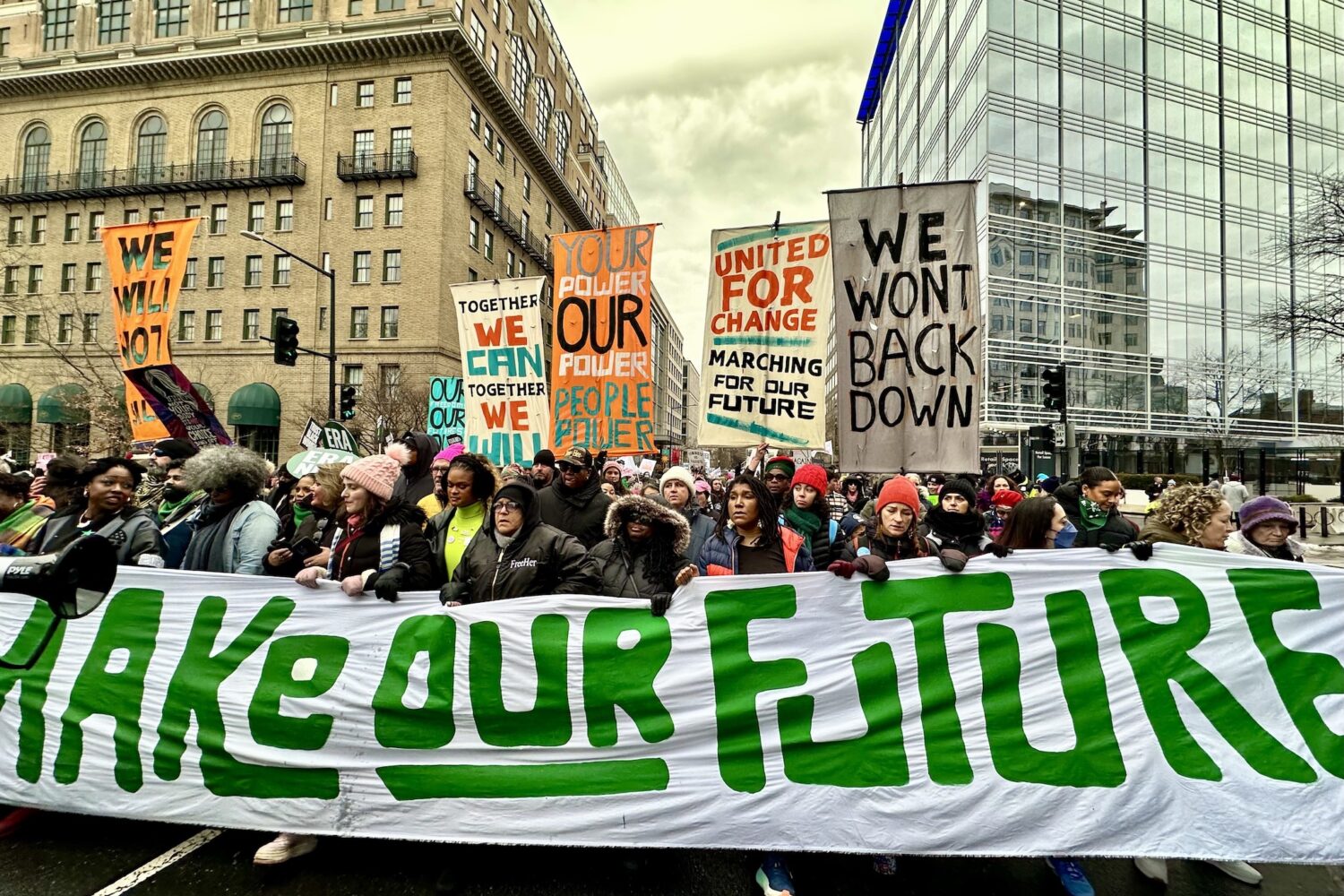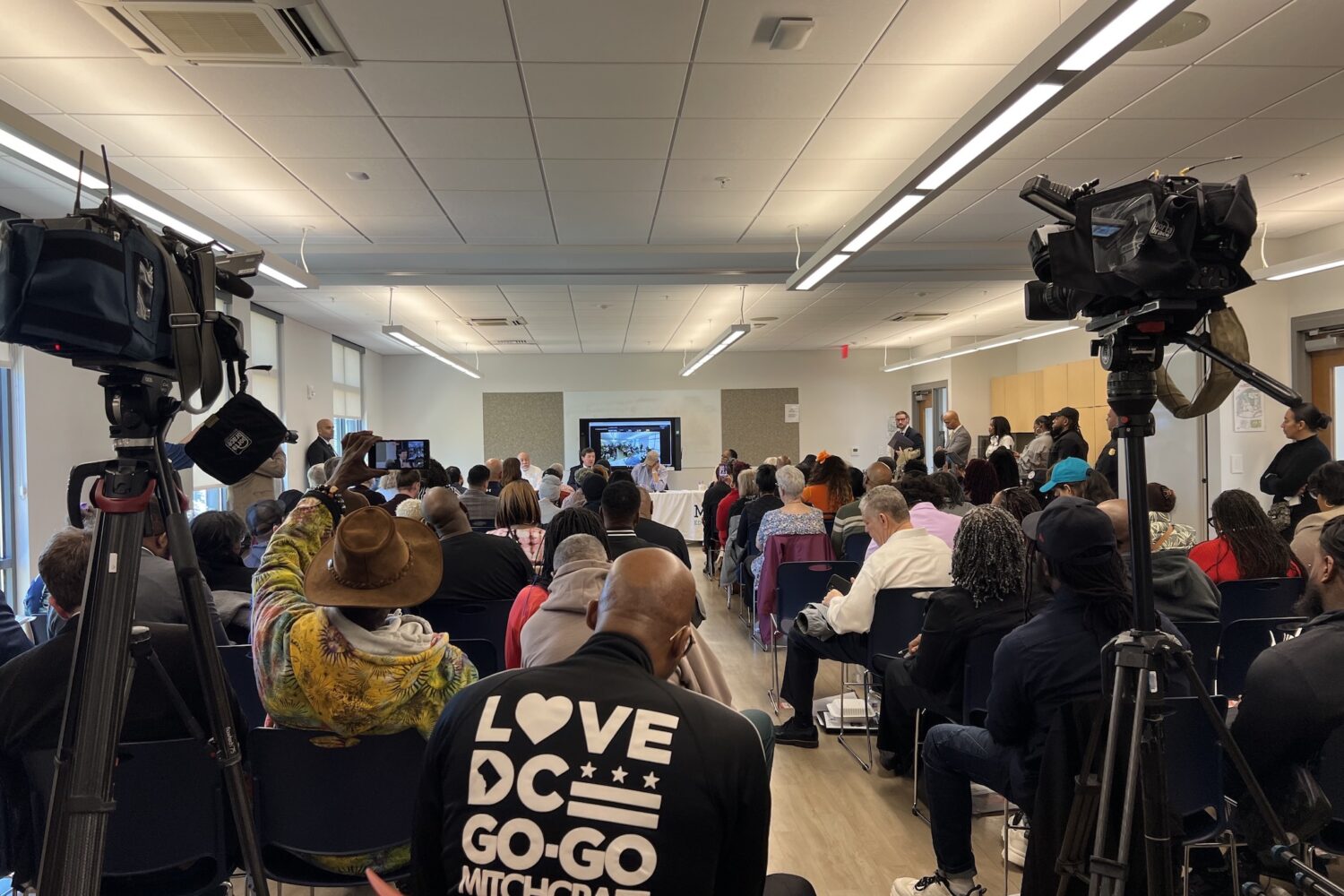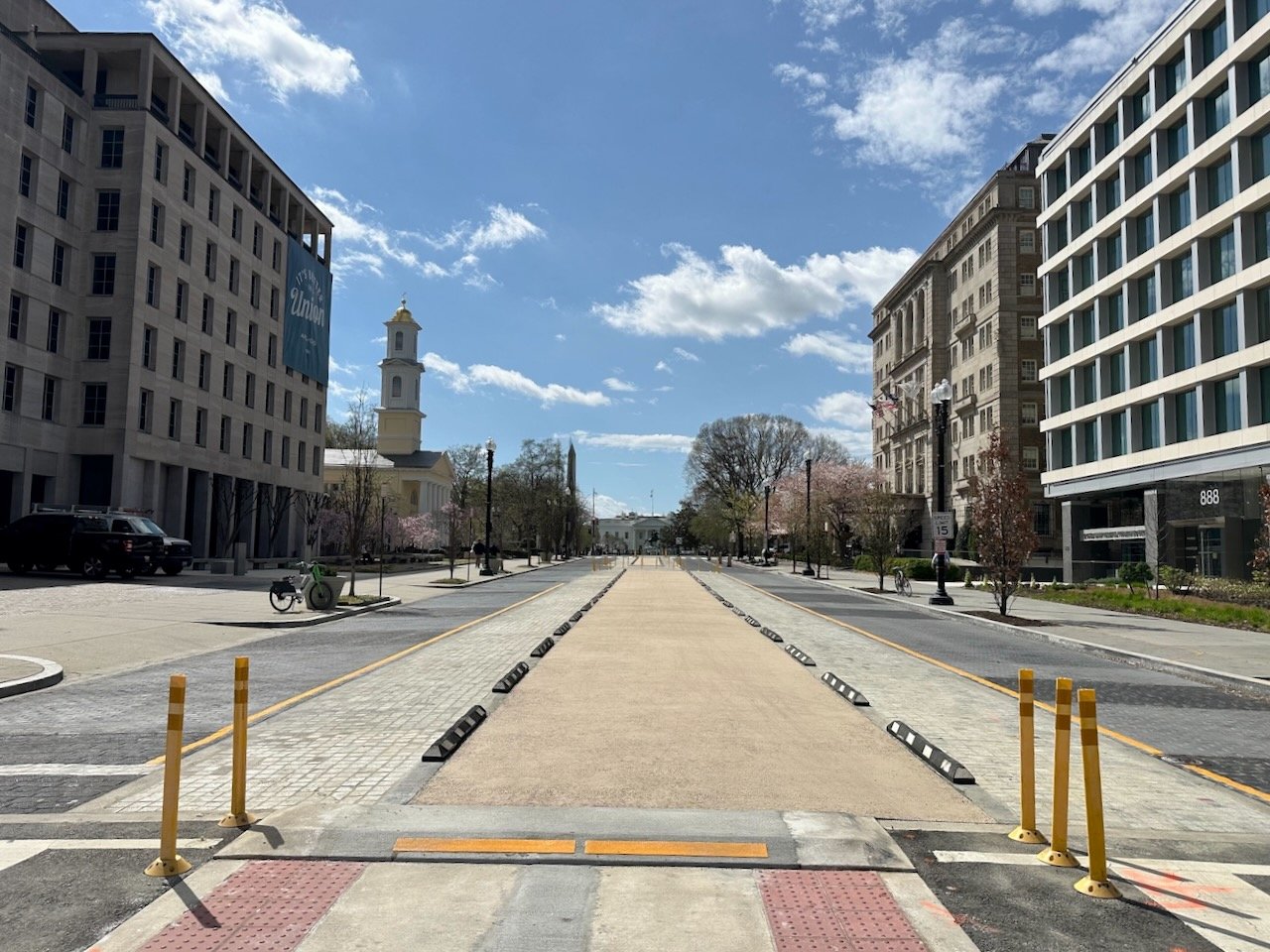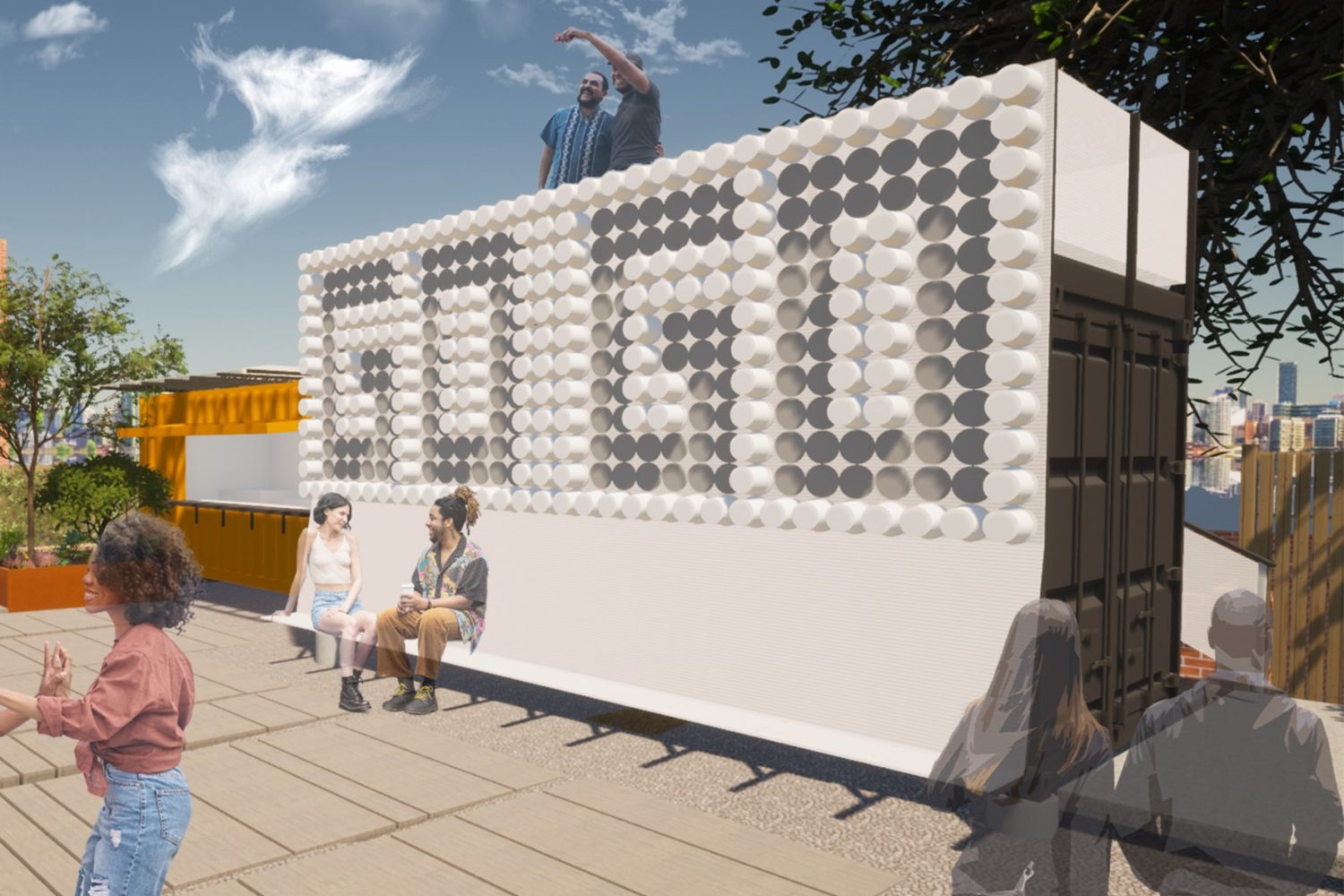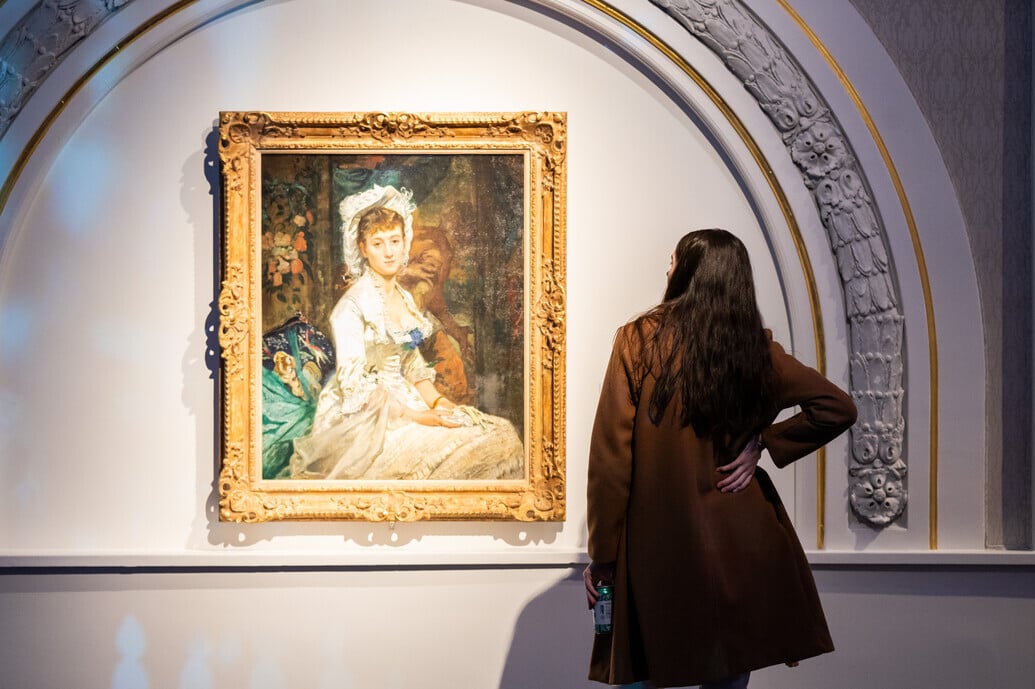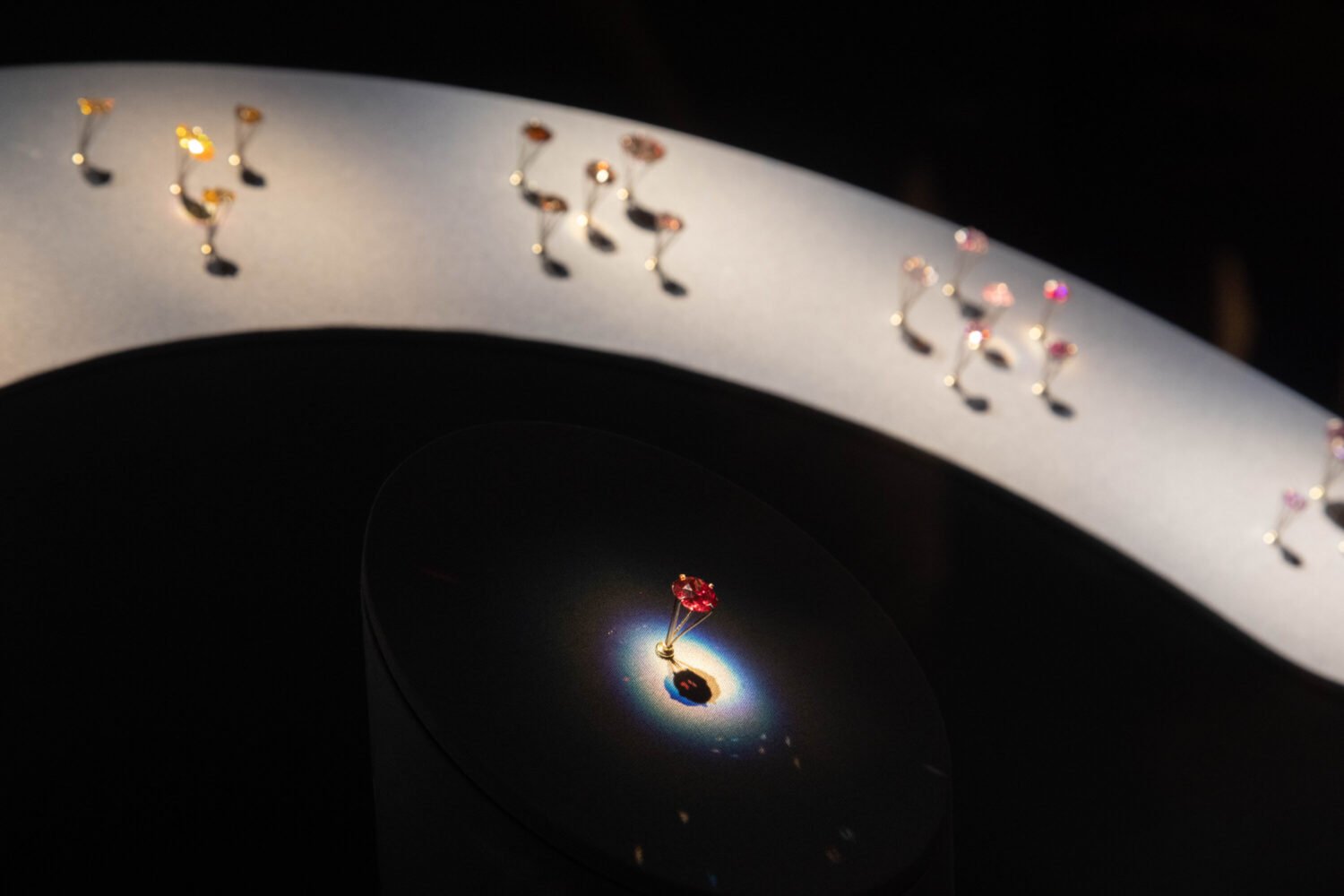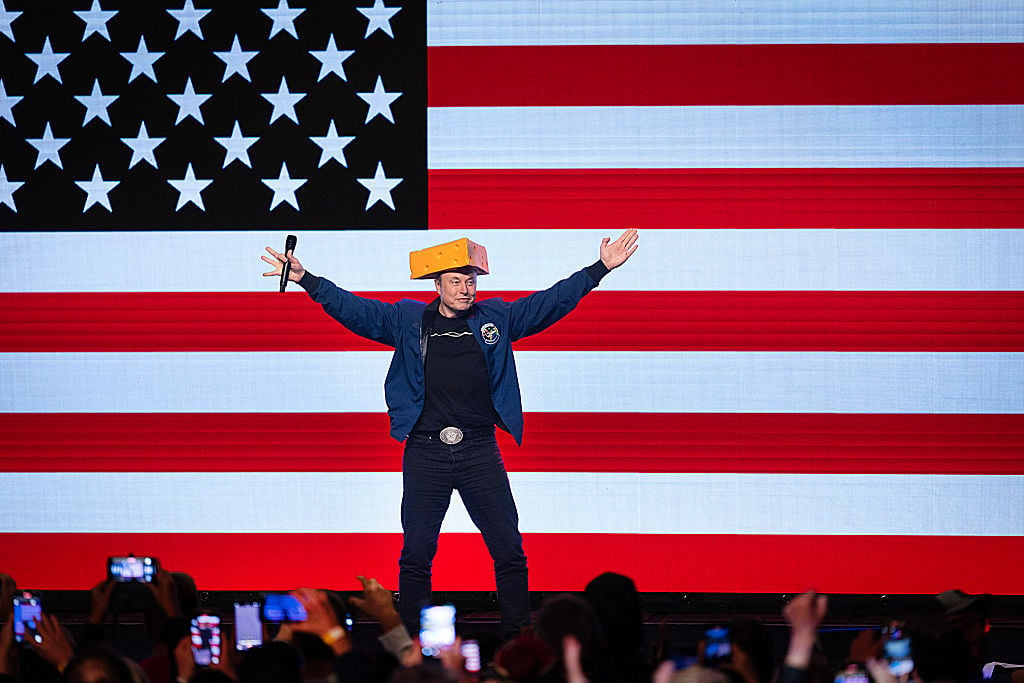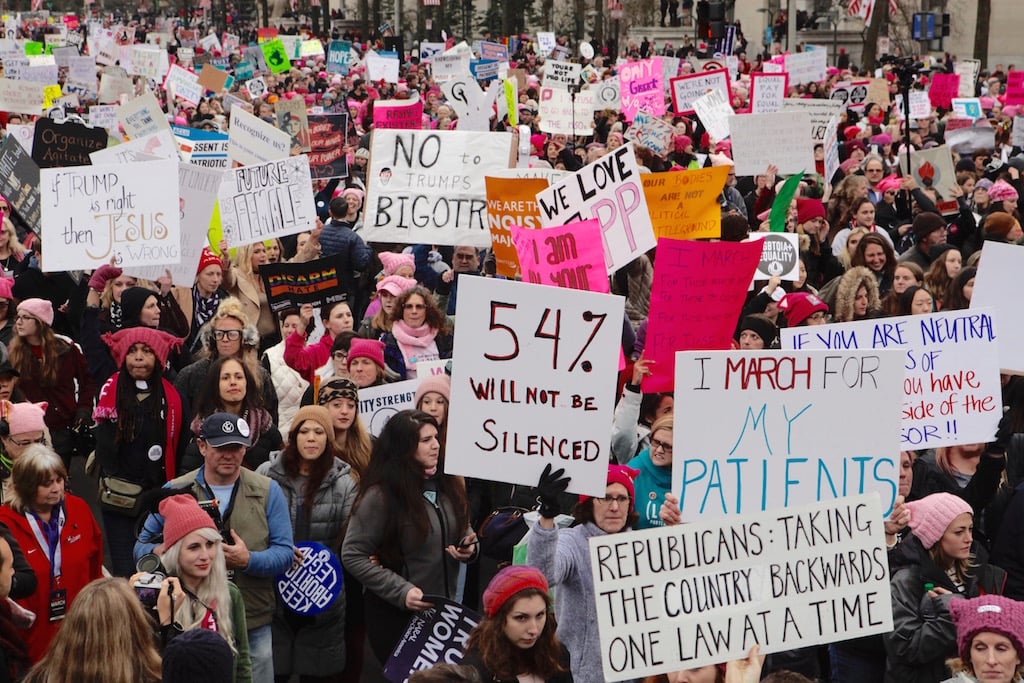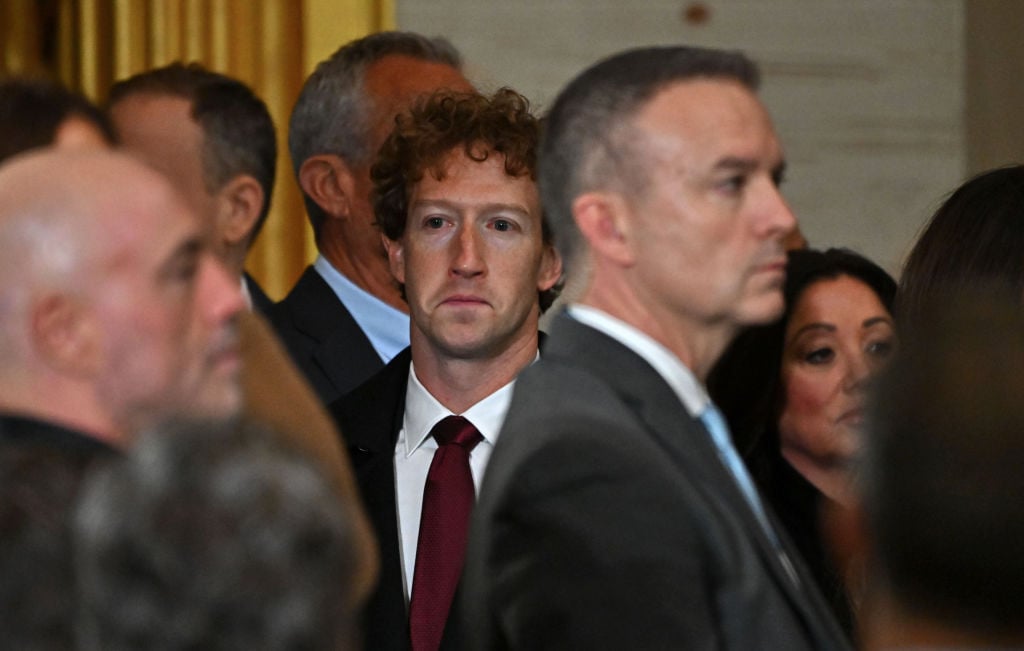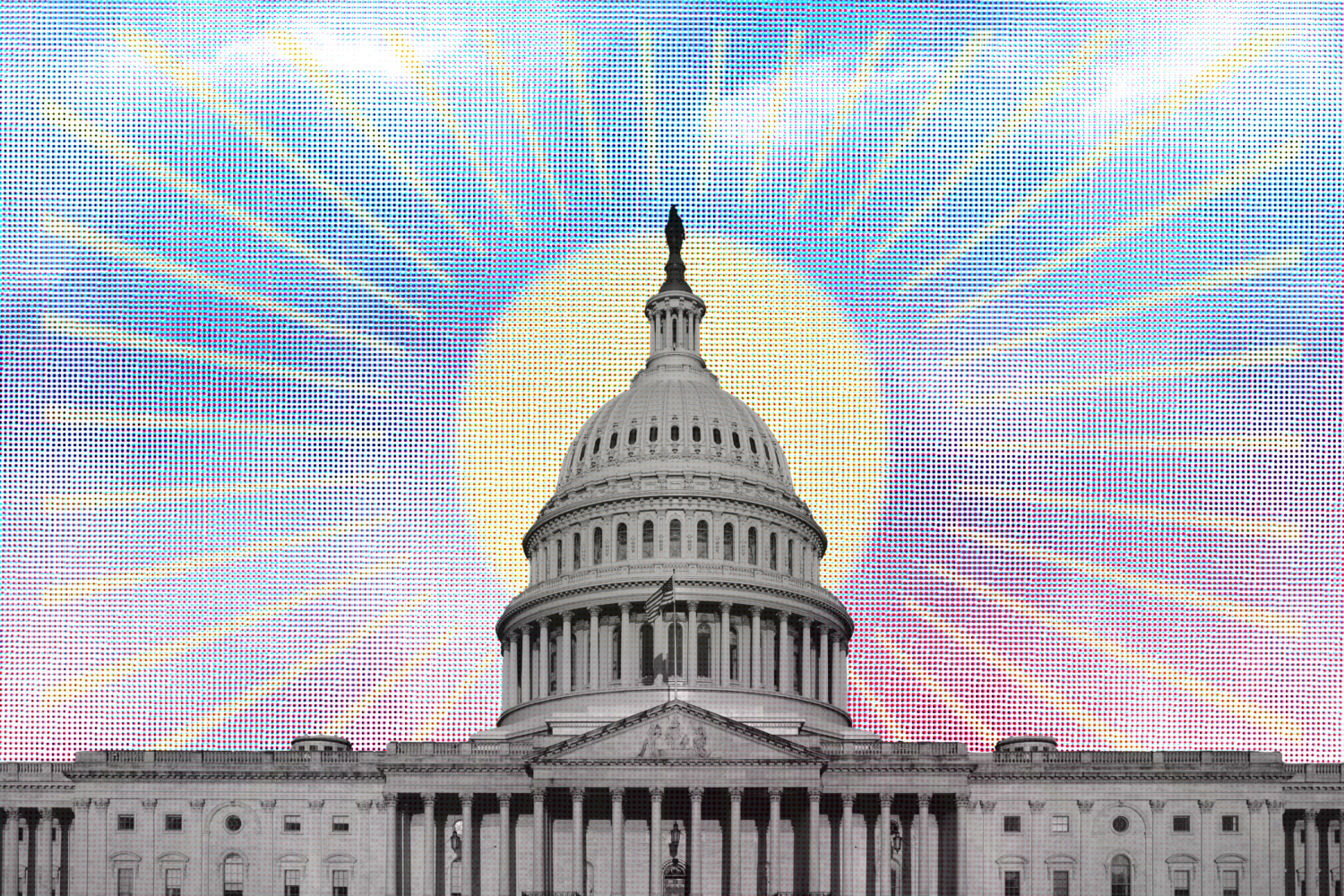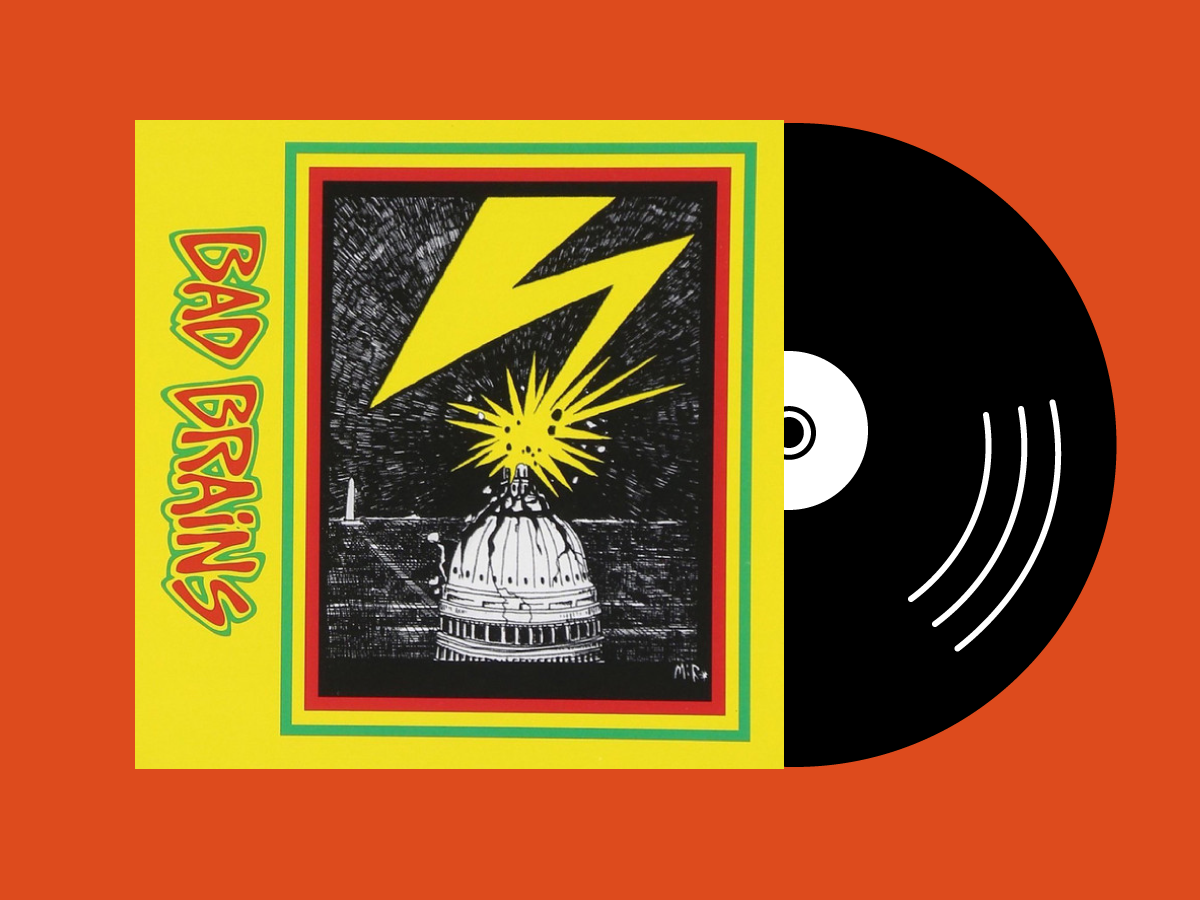Since the National Children’s Museum closed its National Harbor location in 2015, Washington has largely been without a major cultural or scientific institution designed solely with kids in mind. But beginning on November 2, after a few false starts, the museum will welcome visitors again and show off its eagerly awaited new digs on Pennsylvania Avenue, Northwest.
Initially founded in 1974 as the Capital Children’s Museum, the institution was beloved by local kids (if you’re a DC native of a certain age, you might fondly remember Rosie the goat). The museum later went through a series of housing woes and financial difficulties that left it in limbo. It had been set to move from Northeast DC to a new space at L’Enfant Plaza, but those plans fell through, and the programming existed only online for a while. After a short stop in National Harbor and $1 million grant from the DC Commission on the Arts and Humanities, work then began on its current location.
The museum will host an opening celebration for families on Saturday, November 2, before normal hours begin sometime around the holiday season. In its new 33,000 square-foot space in the Ronald Reagan Building and International Trade Center, the formerly low-tech institution now serves as both cutting edge science center and children’s museum, with activities for creative youngsters and budding mathletes as soon as they walk in the door.
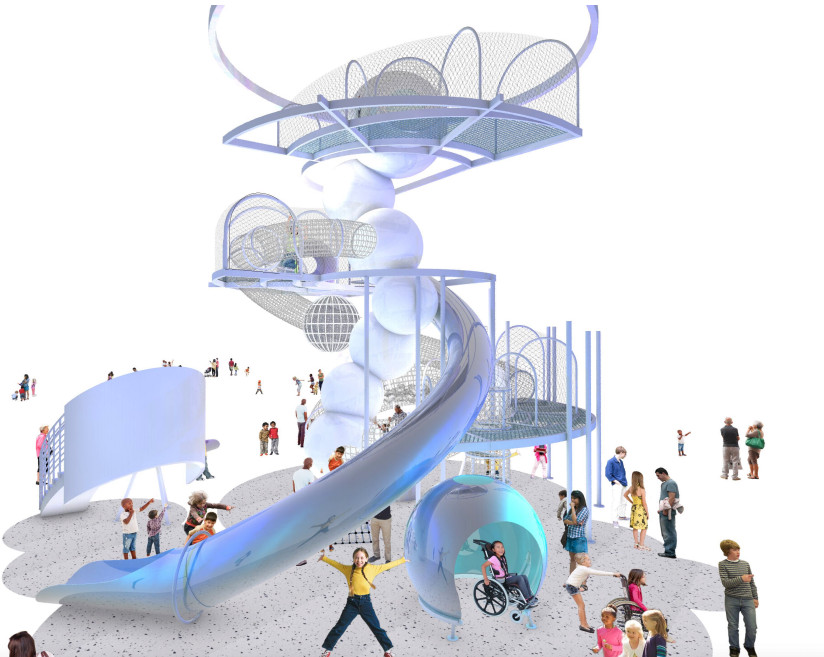
In the entryway, a three-level structure with climbers and slides called the Dream Machine greets guests. As part of the museum’s effort to incorporate the arts into its STEM-fueled educational initiatives, the Dream Machine is meant to stimulate both the right and left sides of the brain and help set the tone for a child’s visit. “We wanted to tie all of these STEAM concepts together through the idea that children are dreaming, and dreaming that they can do something impossible,” says Crystal Bowyer, the museum’s president and CEO.
Inside fiberglass spheres made to look like clouds, children can do simple blockchain coding exercises, designed in partnership with Microsoft, that change the colors of LED lights.
Elsewhere, many of the exhibits are similarly tech-focused. A collaboration with National Oceanic and Atmospheric Association allows kids to see themselves as superheroes on a green screen who have the power to control the weather, from “arbor avengers” to “mighty meteorologists.” They’ve also teamed up with the Washington Nationals to teach kids about magnetic fields through a baseball installation, featuring players like Max Scherzer. Highlights also include an augmented reality experience that allows kids to hang out with Spongebob Squarepants and his friends in Bikini Bottom.
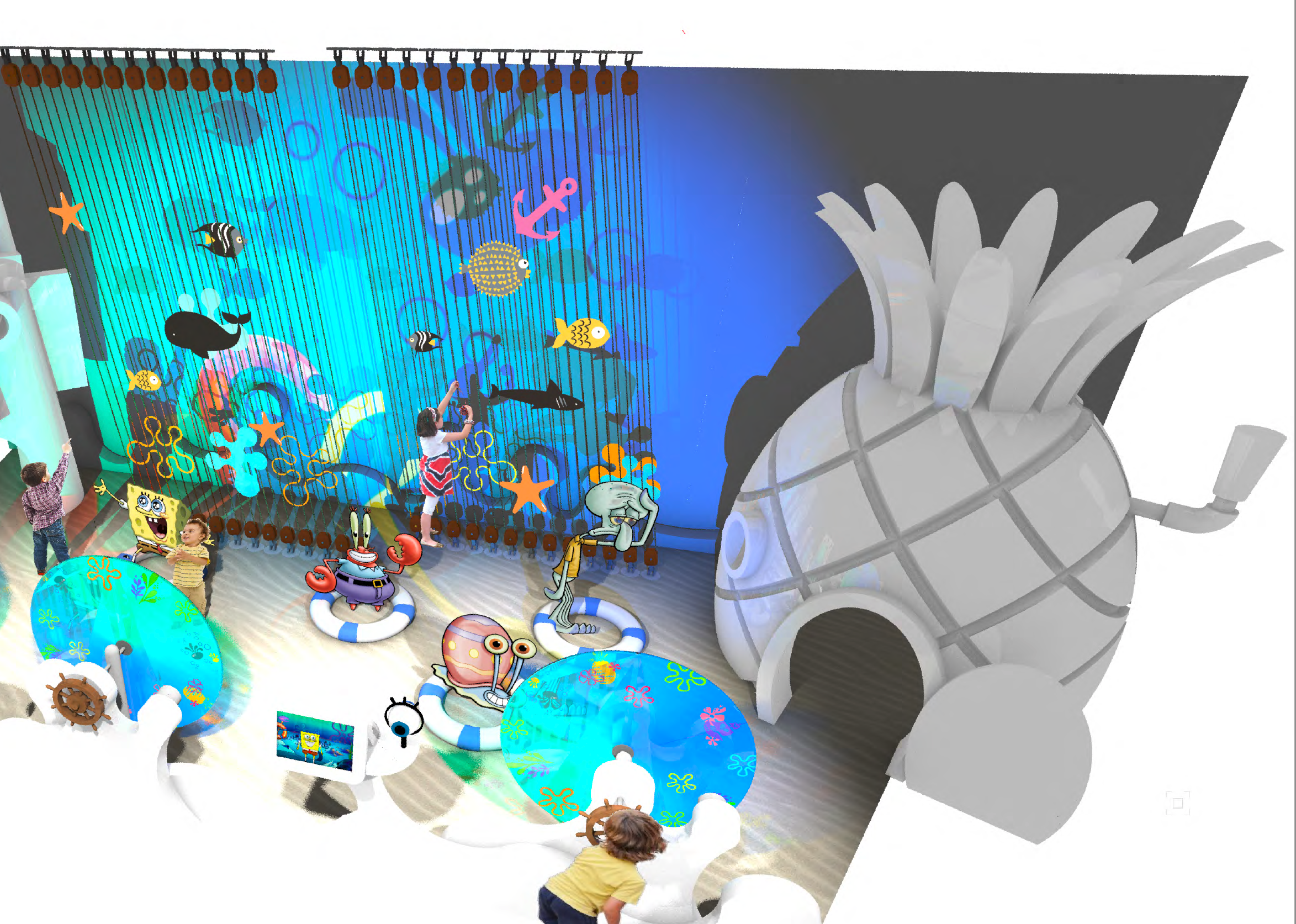
“What my 5-year-old expects from a children’s museum today is really different than what I expected at 5 years old from a children’s museum,” says Bowyer. The museum aims to serve kids up to the age of 12, and is partnering with DC Public Schools to offer students educational programming. That includes funding from the Bill and Melinda Gates Foundation to make sure children in the District from low-income backgrounds have access to field trips.
There’s also still plenty of old-fashioned fun, with less tech-heavy play areas and activities for younger children. “We just want people to come together in this space and we want to inspire children to care about and change the world,” Bowyer says. “That’s our mission.”

